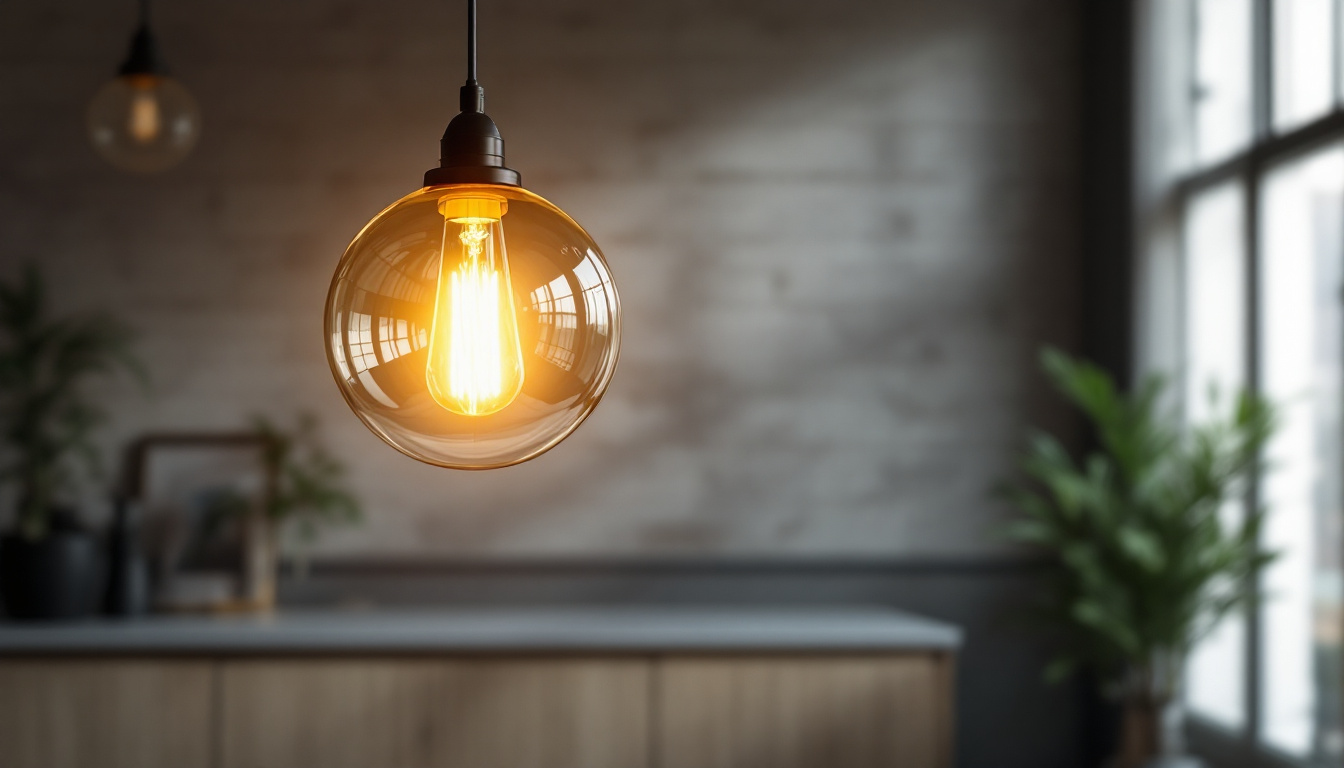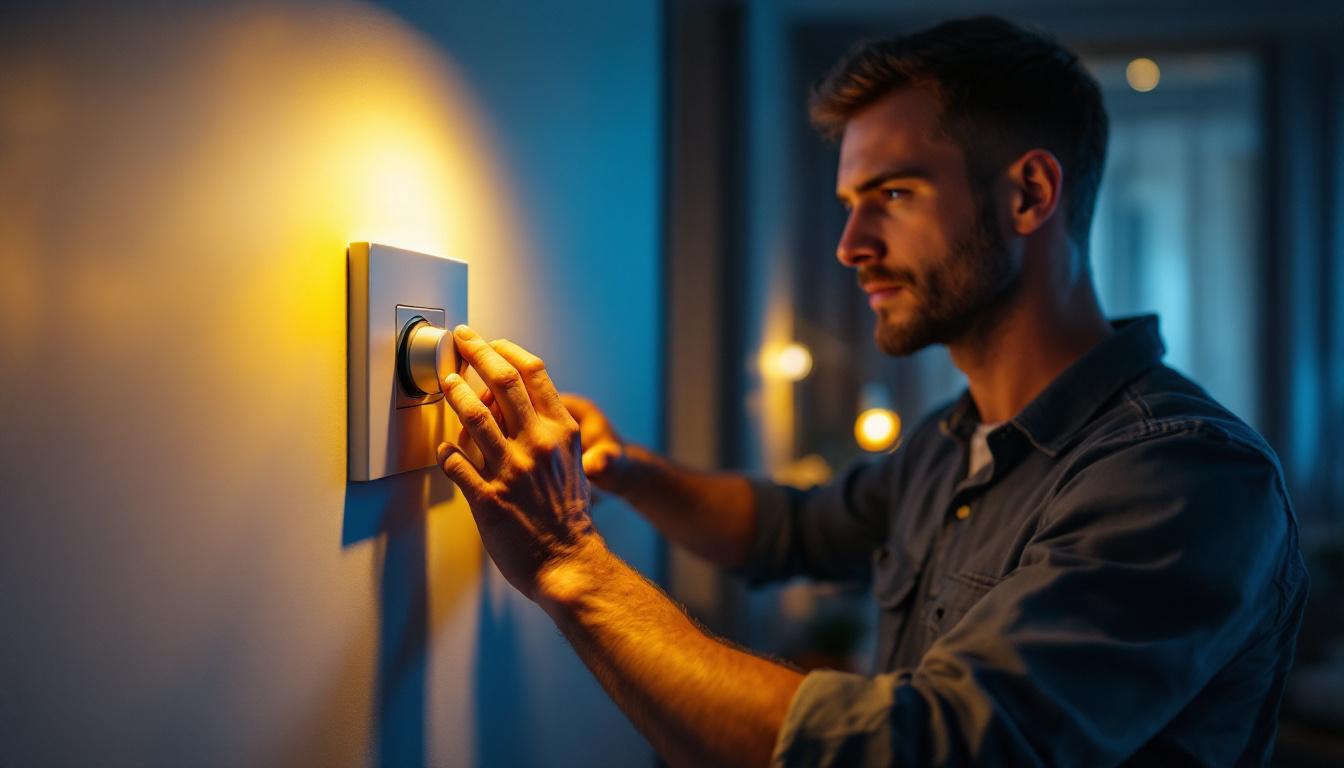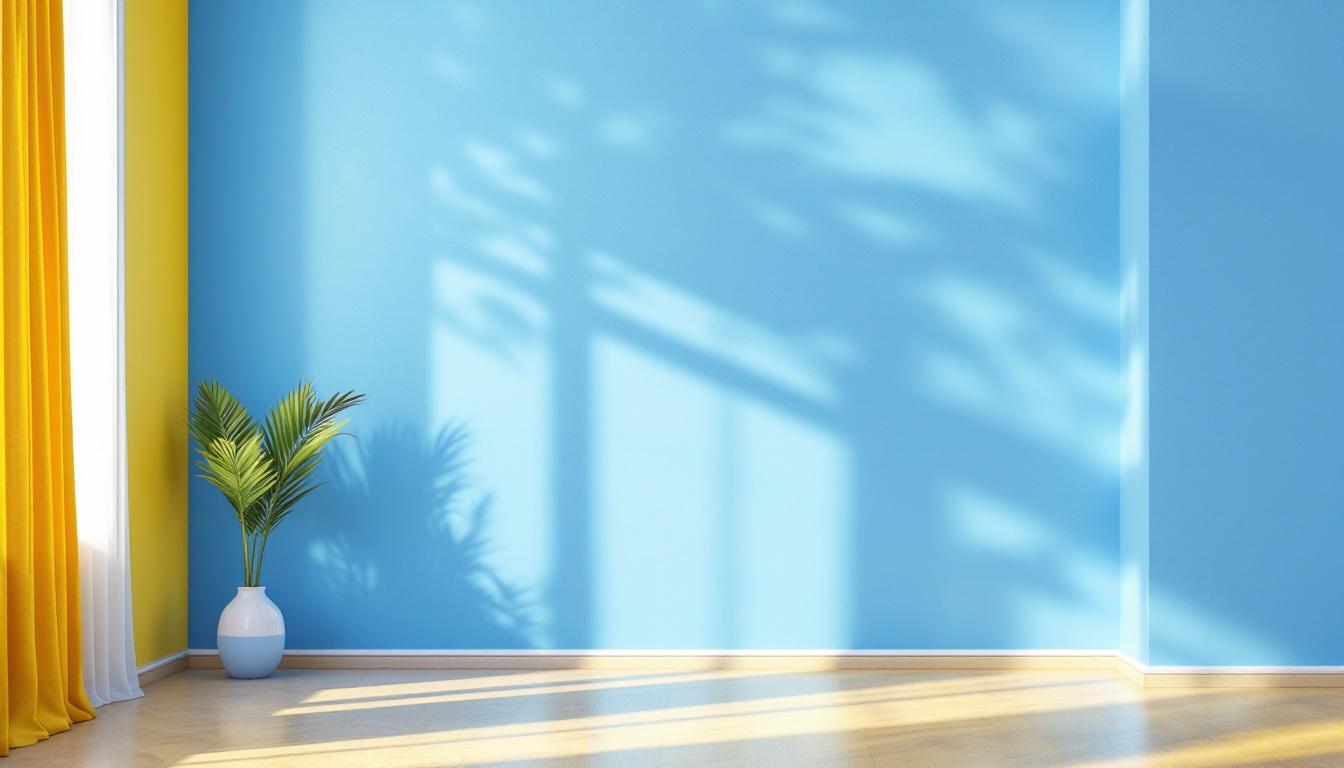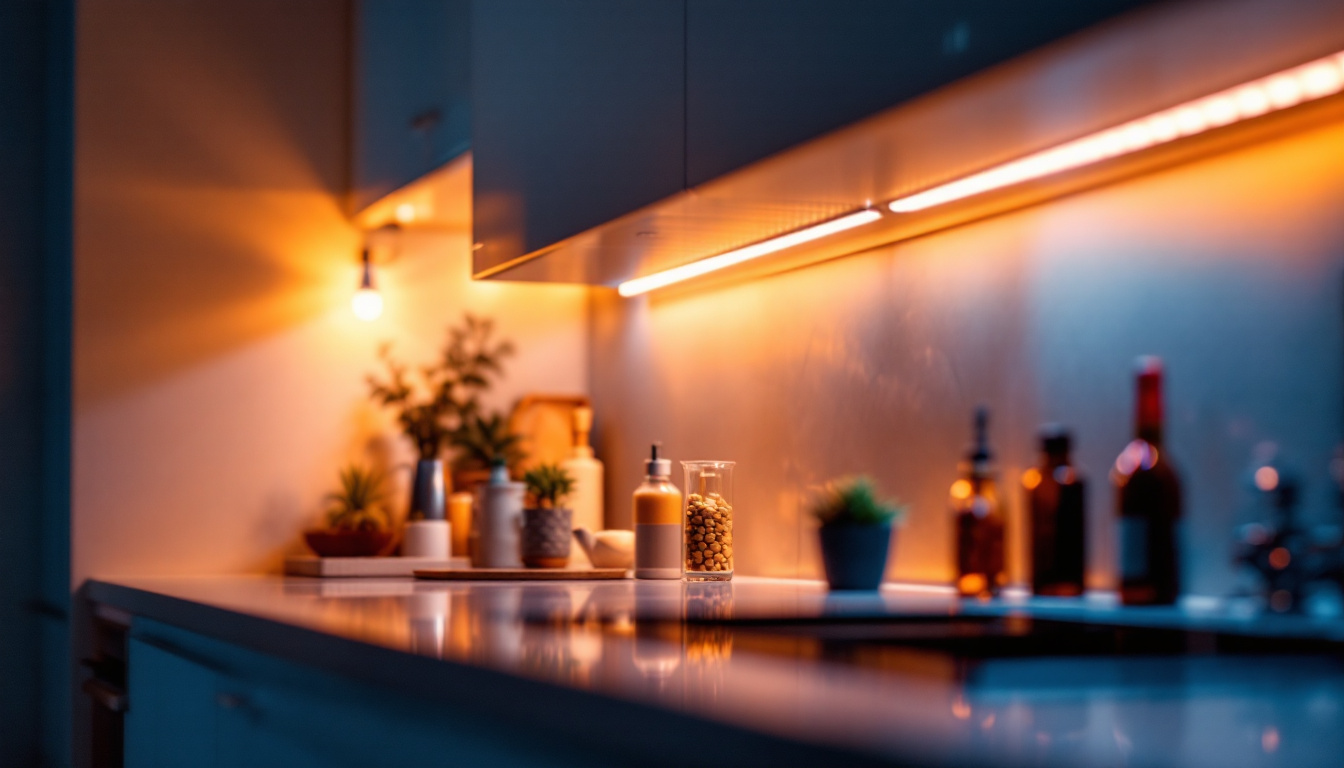
As the demand for stylish and functional lighting solutions continues to grow, pendant lights have emerged as a popular choice among homeowners and designers alike. For lighting contractors, understanding the nuances of pendant lighting is essential to meet client expectations and enhance their overall experience. This article addresses common questions that lighting contractors may encounter regarding pendant lights, offering insights that can help in both installation and design.
Pendant lights are fixtures that hang from the ceiling, typically suspended by a cord, chain, or rod. They come in various styles, sizes, and materials, making them versatile options for different spaces. From kitchens to dining areas, pendant lights can serve as both functional and decorative elements, providing targeted illumination while adding aesthetic appeal.
These fixtures can be used alone or in groups, allowing for creative arrangements that enhance the overall design of a room. Whether a client prefers a modern, industrial look or a more traditional style, there is a pendant light to match every taste. Materials range from sleek metals and glass to rustic wood and fabric, enabling homeowners to select fixtures that harmonize with their existing decor. The height at which pendant lights are hung can also be adjusted to suit the specific needs of the space, ensuring optimal lighting and visual impact.
Pendant lights are most commonly found in areas where focused lighting is needed. Kitchens often feature them above islands or countertops, providing essential task lighting for cooking and food preparation. In dining rooms, they can be hung above tables to create a warm and inviting atmosphere during meals.
Additionally, pendant lights are increasingly being used in living rooms, entryways, and even bathrooms, showcasing their versatility. Their ability to blend functionality with design makes them suitable for residential and commercial spaces alike. In open-concept living areas, a cluster of pendant lights can act as a visual anchor, delineating spaces without the need for walls. Moreover, with the rise of smart home technology, many modern pendant lights now come equipped with adjustable brightness and color temperature settings, allowing users to customize their lighting experience according to mood or occasion. This adaptability not only enhances comfort but also contributes to energy efficiency, making pendant lights a smart choice for contemporary living.
One of the most critical aspects of installing pendant lights is determining the appropriate height. The general rule of thumb is to hang pendant lights 30 to 36 inches above a dining table or kitchen island. This height ensures that the light is effective without obstructing views or creating glare.
For spaces with higher ceilings, it may be necessary to adjust the height accordingly. In such cases, using longer cords or chains can help achieve the desired look while maintaining functionality. It’s also important to consider the scale of the pendant light; larger fixtures may require more space to avoid overwhelming the room. Additionally, the style and design of the pendant light can influence its placement. For instance, a more intricate design may benefit from being hung slightly lower to allow for a better appreciation of its details, while a minimalist fixture might look best when suspended higher, creating a more open and airy feel.
Another factor to consider is the overall layout of the room. If the pendant lights are part of a larger lighting scheme, their height should complement other light sources to create a cohesive ambiance. In open-concept spaces, for example, aligning the height of pendant lights with similar fixtures in adjoining areas can help maintain visual continuity and enhance the overall aesthetic of the space.
When installing pendant lights, electrical considerations play a significant role in ensuring safety and functionality. Contractors should verify that the existing wiring can support the new fixtures, particularly if multiple pendants are being installed. This may involve checking the circuit load and ensuring that it can handle the additional wattage.
Moreover, it is essential to follow local electrical codes and regulations during installation. This includes ensuring that all connections are secure and that the fixtures are properly grounded. Utilizing dimmer switches can also enhance the versatility of pendant lights, allowing clients to adjust the brightness according to their needs. Furthermore, incorporating smart lighting technology can provide additional convenience, enabling users to control their pendant lights via smartphone apps or voice commands, which adds a modern touch to any space.
In addition to these considerations, contractors should also assess the type of bulbs being used in the pendant fixtures. LED bulbs are becoming increasingly popular due to their energy efficiency and longevity. However, it’s crucial to ensure that the fixtures are compatible with the chosen bulb type, as some may require specific wattages or dimming capabilities. Understanding the nuances of bulb selection can greatly impact both the functionality and aesthetic appeal of the installed pendant lights.
Pendant lights come in a wide range of styles, from sleek and modern to ornate and vintage. Some popular styles include industrial, farmhouse, mid-century modern, and contemporary designs. Each style offers unique characteristics that can complement various interior themes.
For example, industrial pendant lights often feature metal finishes and exposed bulbs, making them ideal for loft-style apartments or modern kitchens. On the other hand, farmhouse-style pendants may incorporate wood elements and softer lines, appealing to those who prefer a rustic aesthetic.
The color and material of pendant lights significantly influence their overall impact in a space. Metal finishes like brass, copper, and matte black can create different moods and styles. For instance, brass adds warmth and sophistication, while matte black provides a sleek, modern touch.
Glass shades are also popular, as they can diffuse light beautifully and come in various colors and textures. Contractors should consider the existing color palette of the room when recommending pendant lights, ensuring that the chosen fixtures harmonize with other design elements.
Despite their popularity, pendant lights can present certain challenges during installation and use. One common issue is improper height, which can lead to inadequate lighting or obstructed views. Ensuring that the fixtures are hung at the correct height is crucial for both aesthetics and functionality.
Another issue is the choice of bulb. Using the wrong type of bulb can result in insufficient lighting or a fixture that does not operate as intended. It’s essential to recommend bulbs that are compatible with the fixture and provide the desired level of brightness.
Contractors should be prepared to address client concerns regarding pendant lights. This includes discussing the importance of selecting the right size and style for the space, as well as the potential for energy-efficient lighting options. Providing clients with a range of choices can help them feel more involved in the decision-making process.
Additionally, educating clients about maintenance and care can alleviate concerns. Pendant lights may require occasional cleaning, especially if they have glass shades that can accumulate dust and fingerprints. Offering tips on how to maintain the fixtures can enhance client satisfaction and prolong the life of the lighting solution.
As sustainability becomes increasingly important, many clients are seeking energy-efficient lighting options. LED pendant lights are an excellent choice, as they consume significantly less energy than traditional incandescent bulbs. This not only reduces electricity bills but also contributes to a lower carbon footprint.
In addition to energy savings, LED pendant lights often have a longer lifespan, which means fewer replacements and less waste. Contractors should highlight these benefits when discussing lighting options with clients, as they align with a growing emphasis on environmentally friendly choices.
Contractors can promote sustainability by recommending pendant lights that are made from eco-friendly materials or that have been manufactured using sustainable practices. Additionally, they can encourage clients to consider smart lighting systems that allow for better control over energy consumption.
Educating clients about the importance of energy efficiency and sustainable practices can lead to more informed decisions and ultimately contribute to a greener future. By positioning themselves as knowledgeable advocates for sustainability, contractors can enhance their reputation and attract environmentally conscious clients.
Pendant lighting trends are constantly evolving, influenced by changes in interior design and consumer preferences. Currently, there is a strong emphasis on minimalism, with many homeowners opting for sleek, understated designs that blend seamlessly into their spaces.
Another trend is the use of bold colors and unique shapes. Designers are experimenting with geometric forms and vibrant hues to create statement pieces that serve as focal points in a room. This trend allows homeowners to express their personal style while incorporating functional lighting solutions.
Staying informed about the latest trends in pendant lighting is crucial for contractors looking to provide the best service to their clients. This can be achieved through various means, such as attending industry trade shows, following design blogs, and subscribing to lighting magazines.
Networking with other professionals in the field can also provide valuable insights into emerging trends and popular products. By remaining knowledgeable about current styles and innovations, contractors can better serve their clients and position themselves as experts in the lighting industry.
Pendant lights offer a unique blend of functionality and style, making them a popular choice for various spaces. For lighting contractors, understanding the common questions and concerns surrounding these fixtures is essential for providing exceptional service. By addressing installation considerations, design options, common issues, energy efficiency, and current trends, contractors can enhance their expertise and better meet the needs of their clients.
As the market for pendant lighting continues to grow, staying informed and adaptable will ensure that contractors remain competitive and relevant in the ever-evolving world of lighting design. By embracing these insights, lighting contractors can not only improve their installations but also foster lasting relationships with their clients.
Ready to elevate your lighting installations with the perfect blend of style, functionality, and value? Look no further than LumenWholesale for all your pendant lighting needs. We provide contractors with spec-grade lighting products that meet the highest industry standards, all at unbeatable wholesale prices. Say goodbye to inflated markups and hello to premium lighting with the convenience of free shipping for bulk purchases. Don’t compromise on quality or affordability. Visit LumenWholesale today and discover the best value in wholesale lighting for your next project.

Discover the transformative journey of fluorescent light bulbs, from their invention to their pivotal role in revolutionizing the lighting industry.

Discover the key qualities that distinguish top lighting contractors in the world of dimmer lighting.

Discover the essential guide to paint reflectance values and their impact on lighting design.

Discover how LED strip cabinet lighting can transform your space with innovative designs and enhanced functionality.